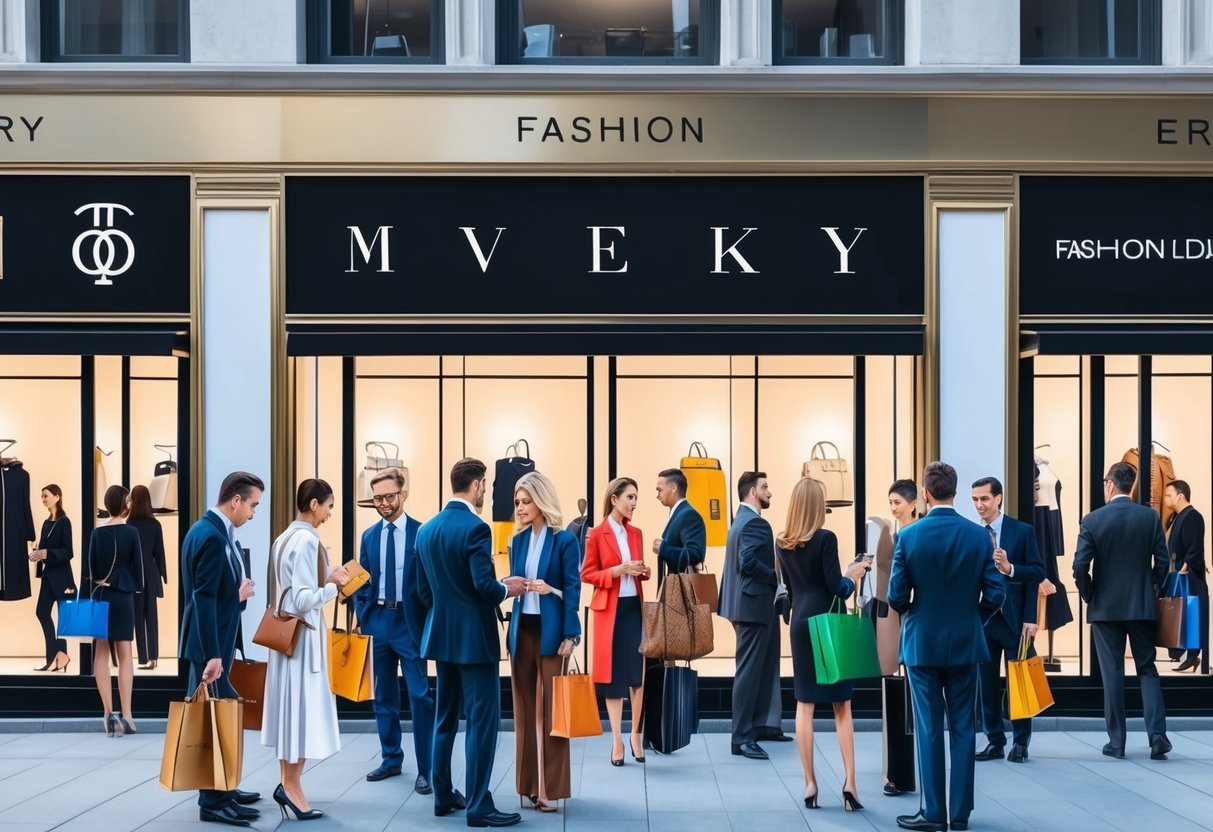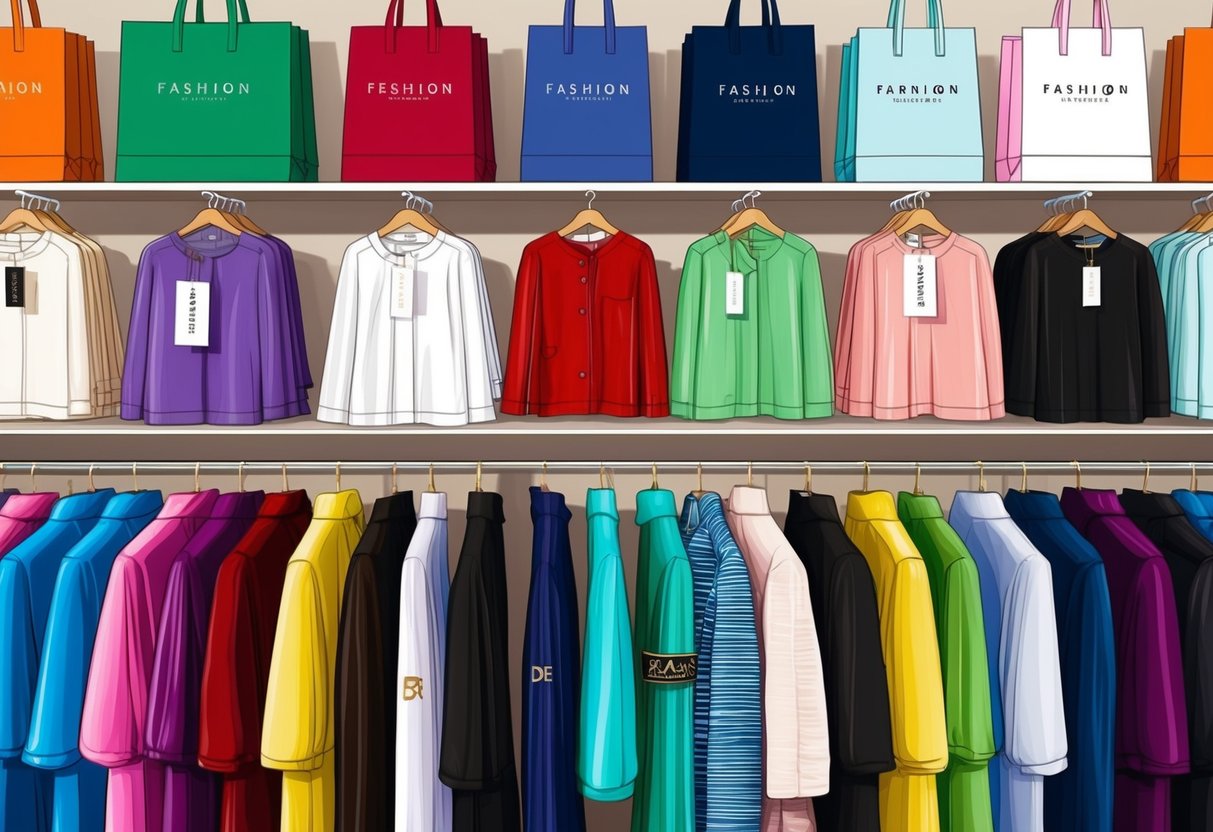
Tips for Building a Profitable Fashion Investment Portfolio

Selecting top designer brands, analyzing the resale market, and adapting to trends are key to maximizing returns in fashion investing. Proper research and a diversified strategy can help investors build a portfolio that holds value and grows over time.
Diversifying Across Categories
A well-balanced fashion portfolio includes various categories such as handbags, shoes, apparel, and accessories. By spreading investments across different product types, investors reduce risk and increase the chance of seeing strong returns as certain categories perform at different rates throughout economic cycles.
Many experienced collectors focus on luxury brands like Hermès, Chanel, and Louis Vuitton but also consider contemporary designers whose popularity is rising. Scarcity, exclusivity, and collaboration drops can propel some lesser-known labels to high appreciation.
Investors should research historical performance and look for brands that have a proven track record of maintaining resale value. Keeping a mix also helps adapt to sudden changes in fashion trends or consumer demand.
Tracking Market Data and Trends
Staying informed about market trends is critical for anyone investing in fashion. Price tracking, auction results, and monitoring resale platforms allow investors to understand what items are trending up or down.
Reliable sites display up-to-date price indexes and trend analyses for popular labels, which helps with buying and selling decisions. Analysts often monitor limited editions, celebrity endorsements, and collaborations since these events can cause short-term price spikes.
Regularly checking for new releases and evaluating historical price data helps avoid overpaying for items that might not age well. Fashion investment guides stress the importance of learning from resources dedicated to fashion investing insights to make informed choices backed by data rather than speculation.
Long-Term vs. Short-Term Strategies
There are different approaches to profiting from luxury and designer items. Long-term investors buy classic, iconic products such as the Hermes Birkin or Chanel Classic Flap, holding onto them as their scarcity and historical reputation ensure steady appreciation over many years.
These items often weather shifts in trends and slow markets due to their established desirability. Short-term traders, on the other hand, focus on hyped releases, exclusive collaborations, or seasonal drops that sell for significantly above retail at their peak.
This approach is high-risk and requires close attention to timing, market demand, and emerging hype factors that might include social media buzz or influencer adoption. Understanding both strategies—or combining them—lets investors tailor a portfolio that matches their risk tolerance and financial goals, as described in several guides for fashion investors.
Frequently Asked Questions
Understanding luxury resale involves analyzing brand desirability, item condition, and market trends. Proper knowledge and research can help identify which designer labels, handbags, and fashion pieces offer the strongest investment opportunities.
What criteria should I consider to determine the resale value of fashion brands?
Key criteria include brand reputation, authenticity, and scarcity of the item in the market. Item condition is crucial—pristine, unused, or well-kept products hold higher value.
Retaining original inclusions like packaging and certificates can further enhance value, as highlighted by many luxury resale platforms. Other important aspects are trends in consumer demand and proven historical value retention for that particular brand.
Market timing and brand popularity shifts can also impact how much an item resells for compared to its original retail price.
Which types of luxury items tend to have the highest return on investment when resold?
Luxury handbags, watches, and select shoes consistently show strong resale performance. Limited edition releases and items from exclusive designer collaborations are often in especially high demand, leading to higher returns.
Handbags from brands like Hermès and Chanel frequently outperform other categories due to limited supply and iconic status. Fashion accessories such as jewelry and belts from sought-after brands may also provide favorable resale margins, particularly when kept in excellent condition.
What factors contribute to a clothing brand being considered worth the money?
A clothing brand is often deemed worth the investment if it demonstrates strong craftsmanship, timeless design, and a consistent track record of retaining value on the secondary market. Heritage brands with a history of desirability are more likely to be worth the cost, as outlined in analyses of top designer labels.
Limited supply and brand exclusivity can also play a critical role. Quality materials and attention to detail in finishes remain essential indicators of a brand’s lasting value.
How can I predict which fashion brands will retain or increase their value over time?
Monitoring current resale market trends is important for forecasting future brand performance. Brands that perform well on resale platforms and consistently rank as most in-demand are more likely to retain value.
Tracking the frequency of price appreciation for certain designers can guide investment decisions. Consider how often top brands appear on lists of high resale value and observe shifts in consumer preferences over time.
This is supported by insights into in-demand luxury brands.
What are the best practices for investing in high-end fashion items?
Conduct research into historical resale values, annual market reports, and designer popularity rankings. Purchasing from authorized retailers or reputable resale sites ensures authenticity.
Maintaining the item in exceptional condition is one of the best ways to protect its investment potential, including preserving original tags, receipts, and packaging. Diversifying investments across accessory types—such as watches, handbags, and ready-to-wear fashion—can also help spread risk.
Always verify market demand for any item or designer before making a significant purchase.
Which luxury handbags have historically provided the best investment return?
The Hermès Birkin and Kelly bags have consistently demonstrated high returns due to extremely limited availability and international reputation.
Chanel’s Classic Flap and certain Louis Vuitton monogram models also retain significant value in the resale market.
Limited-edition releases and discontinued collections from top luxury houses tend to see strong price increases over time.



